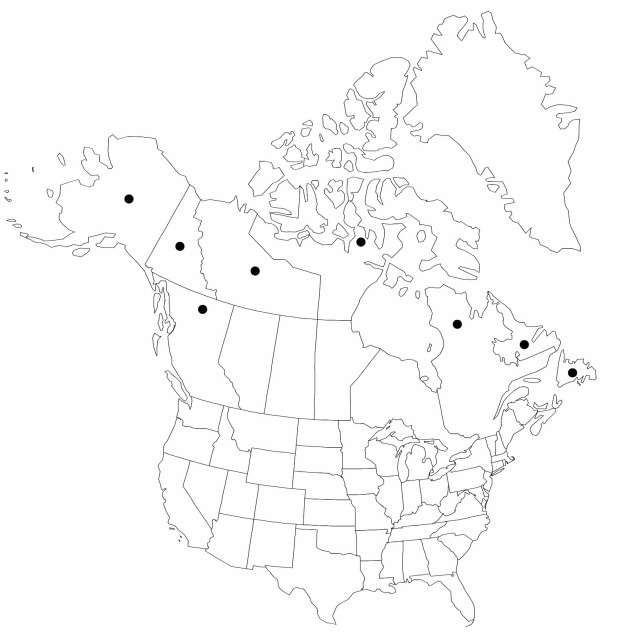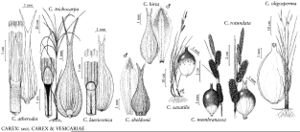Difference between revisions of "Carex membranacea"
in G. F. Lyon, Attempt Repulse Bay, 195. 1825.
FNA>Volume Importer |
imported>Volume Importer |
||
| Line 8: | Line 8: | ||
}} | }} | ||
|common_names=Carex membraneux | |common_names=Carex membraneux | ||
| + | |special_status={{Treatment/ID/Special_status | ||
| + | |code=F | ||
| + | |label=Illustrated | ||
| + | }} | ||
|basionyms= | |basionyms= | ||
|synonyms={{Treatment/ID/Synonym | |synonyms={{Treatment/ID/Synonym | ||
| Line 51: | Line 55: | ||
|publication title=in G. F. Lyon, Attempt Repulse Bay, | |publication title=in G. F. Lyon, Attempt Repulse Bay, | ||
|publication year=1825 | |publication year=1825 | ||
| − | |special status= | + | |special status=Illustrated |
| − | |source xml=https:// | + | |source xml=https://bibilujan@bitbucket.org/aafc-mbb/fna-data-curation.git/src/bb6b7e3a7de7d3b7888a1ad48c7fd8f5c722d8d6/coarse_grained_fna_xml/V23/V23_935.xml |
|genus=Carex | |genus=Carex | ||
|section=Carex sect. Vesicariae | |section=Carex sect. Vesicariae | ||
Revision as of 21:39, 27 May 2020
Plants cespitose; rhizomes long, lax. Culms trigonous in cross section, 13–55 cm, scabrous distally. Leaves: basal sheaths reddish brown; ligules shorter than wide; blades mid to dark green, V-shaped, 2.5–5(–6.2) mm wide, glabrous. Inflorescences 2.5–10(–13) cm; proximal bract 0.6–19 cm, shorter than or equaling inflorescence; proximal 1–3 spikes pistillate, erect; terminal 1–3 spikes staminate. Pistillate scales ovate, 2.2–4.5 × 1–1.7 mm, as long as or shorter than perigynia, margins entire, apex obtuse or acute, awnless. Perigynia spreading or reflexed, often dark-colored, obscurely few-veined, veins not running into beak, elliptic, 2.2–4.1 × 1.3–2.2 mm, abruptly contracted; beak 0.2–0.8 mm, obscurely bidentulate, smooth, teeth straight, to 0.3 mm. Achenes yellow, trigonous, smooth. Stigmas 3. 2n = 74, 76–80.
Phenology: Fruiting summer.
Habitat: Open wetlands, wet tundra, muskeg
Elevation: 0–2000 m
Distribution

B.C., Nfld. and Labr., N.W.T., Nunavut, Que., Yukon, Alaska, ne Asia.
Discussion
Carex membranacea is common throughout arctic and high boreal regions of North America. It is noticeably absent from Greenland and occurs in Eurasia only in the Russian Far East (Chukotka and the Koryak mountains).
Morphologically Carex membranacea is closest to C. rotundata. Leaf and stem shape easily distinguish those two species but shape is often difficult to evaluate on herbarium specimens. Leaf sheath coloration, although not a definitive character, is helpful in distinguishing between the two species. Carex membranacea almost always has red basal sheaths; sheaths are usually brown in C. rotundata.
Selected References
None.
